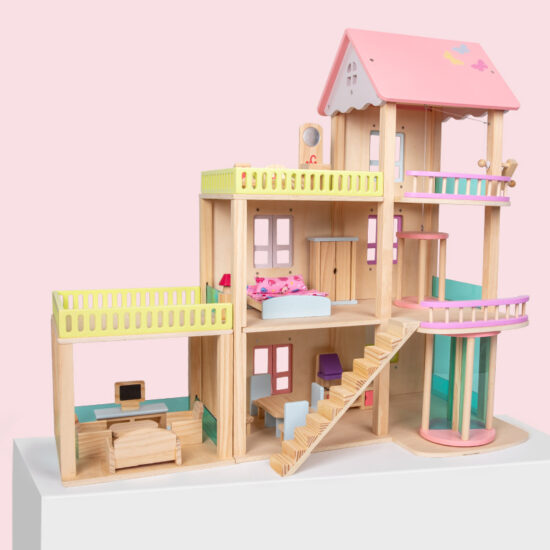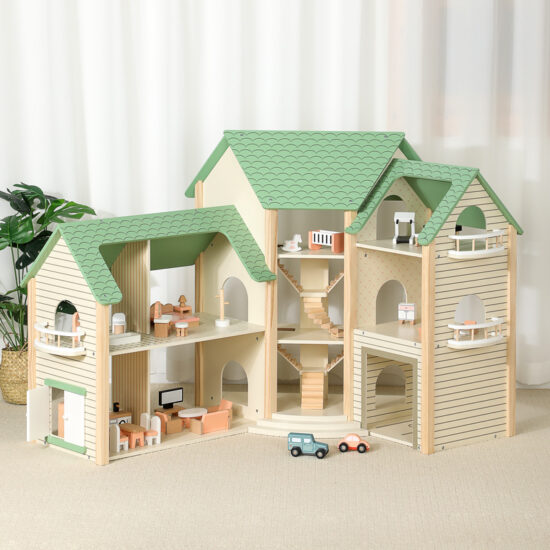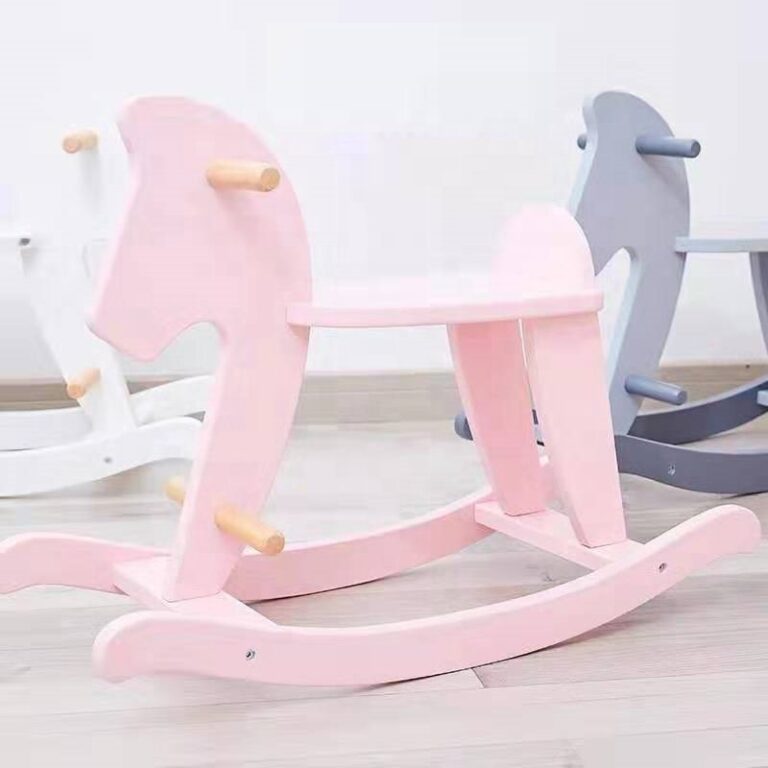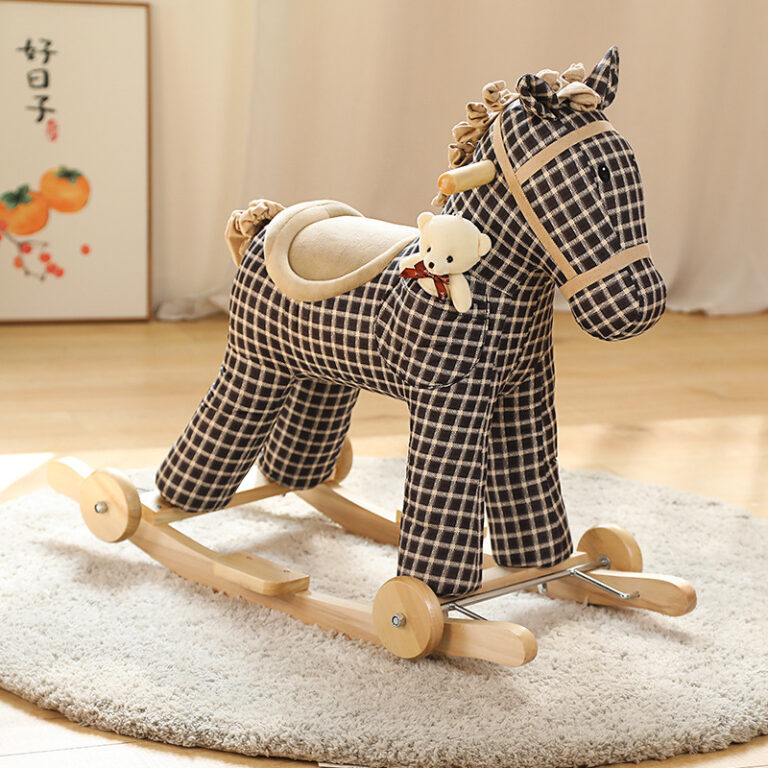jay@nbdho.com
How Safety Is Ensured in Wooden Toys from Design to Production
Safety is a top priority in the design and manufacture of wooden toys, especially because they are primarily intended for young children who are still developing motor skills and may mouth or chew on objects. Ensuring safety involves a comprehensive approach—from the selection of raw materials to the final product testing and certification.
1. Use of Non-Toxic and Certified Materials
One of the key factors in wooden toy safety is the use of natural, non-toxic materials. High-quality wooden toys are typically made from sustainably sourced hardwoods like beech, maple, or rubberwood, which are durable and splinter-resistant. These toys are also finished with water-based paints and lacquers that are free from lead, phthalates, and other harmful chemicals. Many manufacturers also use food-grade coatings to ensure added safety, especially for toys intended for toddlers and infants.
2. Smooth, Child-Friendly Design
The design phase plays a major role in ensuring toy safety. Edges are rounded, surfaces are finely sanded, and small detachable parts are minimized to reduce choking hazards. Designs follow specific guidelines, such as those outlined in international safety standards (like EN71 in Europe and ASTM F963 in the U.S.), which regulate size, shape, and construction to prevent injuries. For example, toys for children under three years old must not contain parts that fit entirely into a small parts cylinder, which simulates a child’s throat.
3. Rigorous Testing and Certification
Before reaching the market, wooden toys undergo rigorous testing to ensure they comply with national and international safety regulations. These tests assess flammability, chemical content, mechanical safety, and physical properties. Third-party laboratories conduct tests according to standards like CE, EN71, ASTM, and CPSIA, and issue certifications that assure consumers the toys are safe for children. Manufacturers also often conduct their own in-house testing as an extra layer of quality assurance.
4. Quality Control in Manufacturing
Quality control is implemented throughout the production process to ensure each toy meets safety standards. This includes inspecting raw materials upon arrival, monitoring assembly steps, and conducting final inspections. Any defect—such as loose parts, splinters, or faulty finishes—is immediately addressed. Reputable manufacturers maintain detailed quality management systems (e.g., ISO 9001) to trace and correct issues quickly.
5. Packaging and Labeling
Safety doesn’t end with the product itself. Packaging plays a role too. Proper packaging prevents damage during shipping and protects children from exposure to any hazards. Clear labeling with age recommendations, warning signs, and usage instructions help parents choose appropriate toys and supervise play accordingly.
Conclusion
Ensuring the safety of wooden toys involves a holistic approach that starts with sustainable and non-toxic materials and extends to thoughtful design, strict adherence to international safety standards, extensive testing, and comprehensive quality control. Parents, educators, and retailers can trust that when these practices are followed, wooden toys are among the safest and most reliable play options for children.





